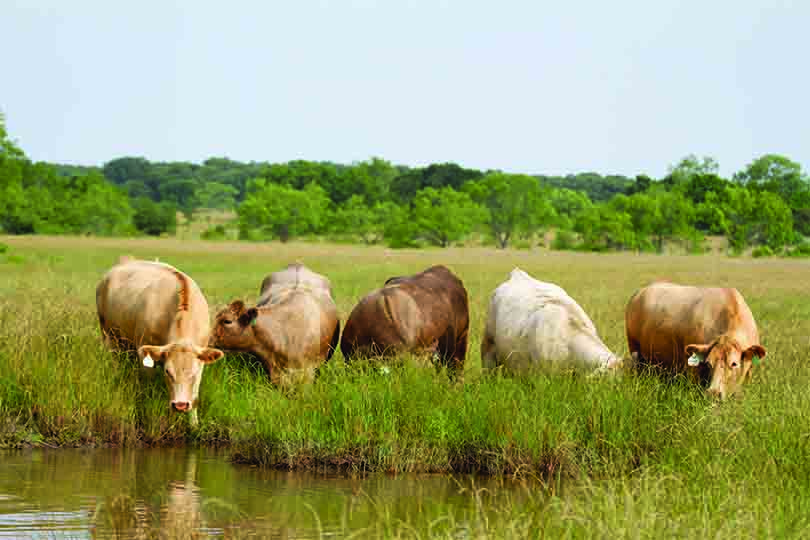By Gary Joiner
TFB Radio Network Manager
Knowing your plants is important for any type of range management. But where do you begin? There are about 8,700 different plant species in Texas.
Ricky Linex is a zone biologist with the U.S. Department of Agriculture’s Natural Resources Conservation Service in Weatherford. He’s also the author of Range Plants of North Central Texas, a plant identification resource book.
“Everyone that deals with the outdoors should become a student of the plants. Because they may be a rancher, but they’re actually a grass farmer,” said Linex in an interview with the Texas Farm Bureau Radio Network. “So they need to know the difference in the grass. Not all grasses are created equal. Some are better than others for grazing value. And if you get into wildlife, some are better than others for nesting cover, food values.”
Linex said everyone needs to also be aware of the importance of pollinators on rangelands.
“We think about being managers of the habitat, either as a rancher or wildlife manager, knowing the plants is important. But pollinators are actually the true managers of wildlife habitat, because they are pollinating the flowers and the plants, keeping new plants coming on board,” he said.
He noted landowners and land managers have several resources available to them to help with range management decisions.
“One resource is your local Natural Resources Conservation Service. There’s usually one or two people in the office who will be good with the plants of their county. Talk with them. They will come out onto the land. It doesn’t cost anything for their services. The Texas Parks and Wildlife has biologists who can come out and look at the land with you,” he said. “Some of the Texas A&M AgriLife Extension specialists will come out and make field visits to your property. There’s a lot of information out there that won’t cost anything. It just takes a phone call or going into an office and asking for assistance.”
Texas is very diverse in plant species. The most diverse, Linex said, would probably be the Big Bend region of the state. He said certain plants may be on just one mountain range in the area.
Hear the entire radio program featuring Linex’s comments online.

